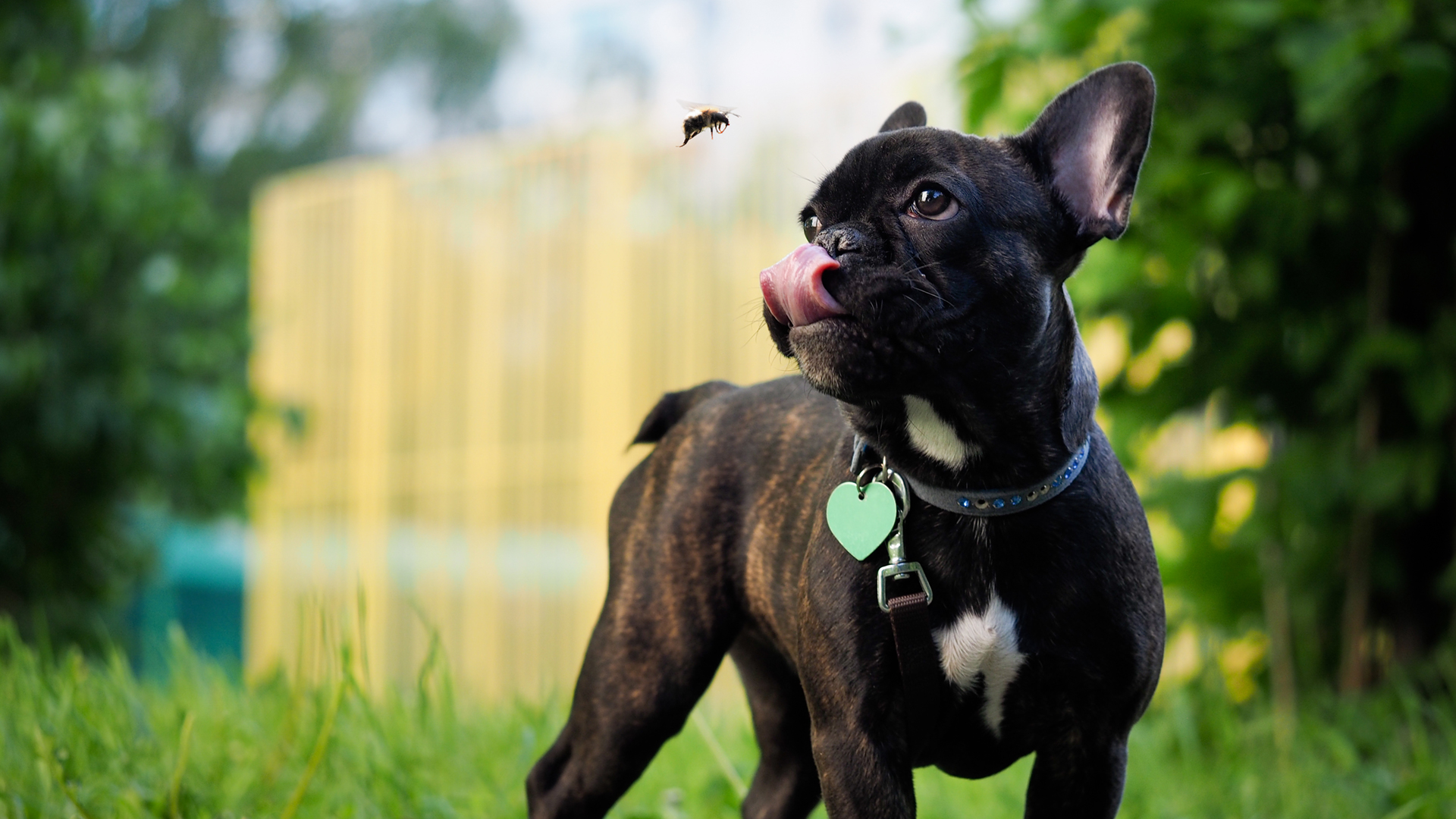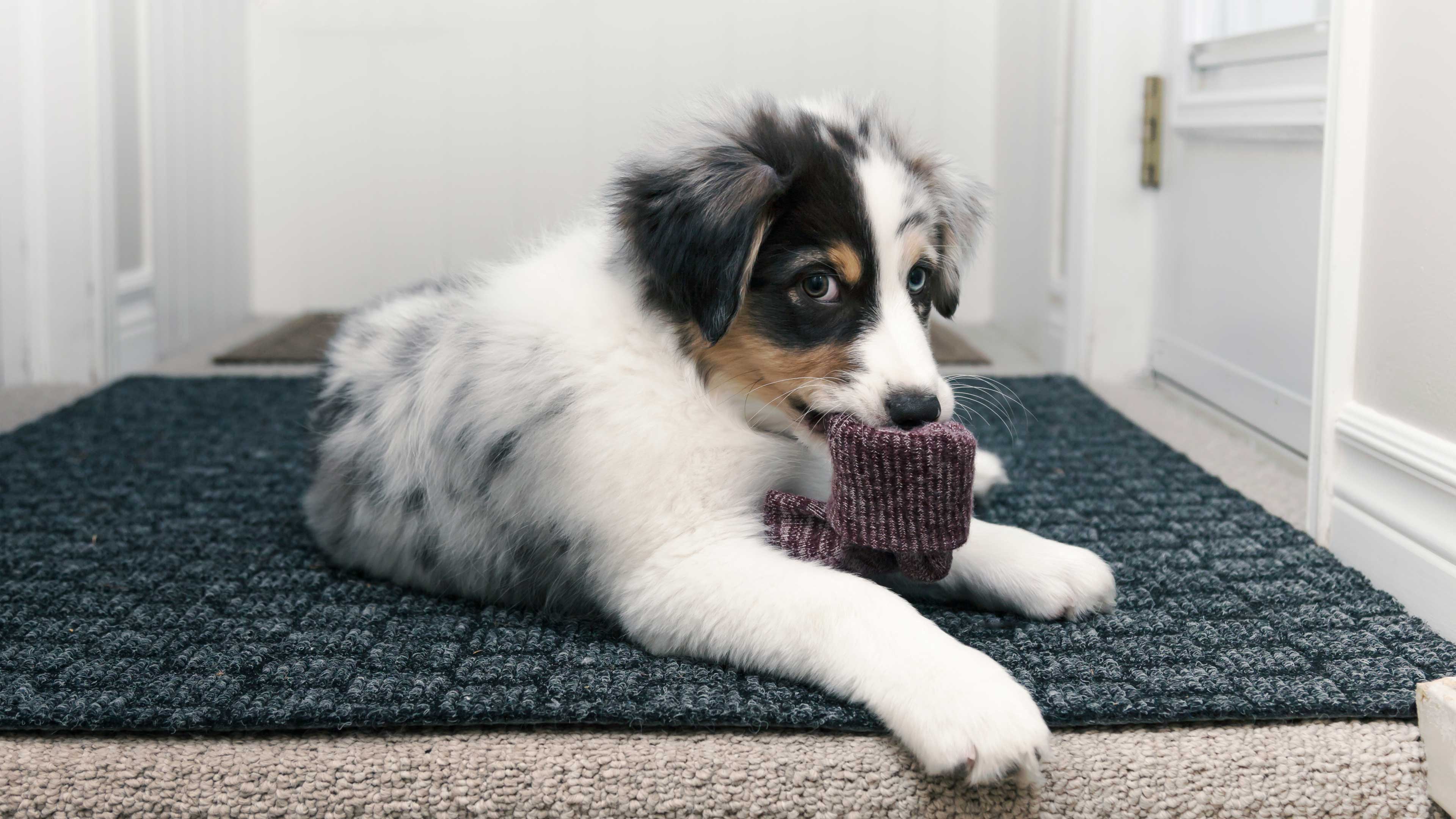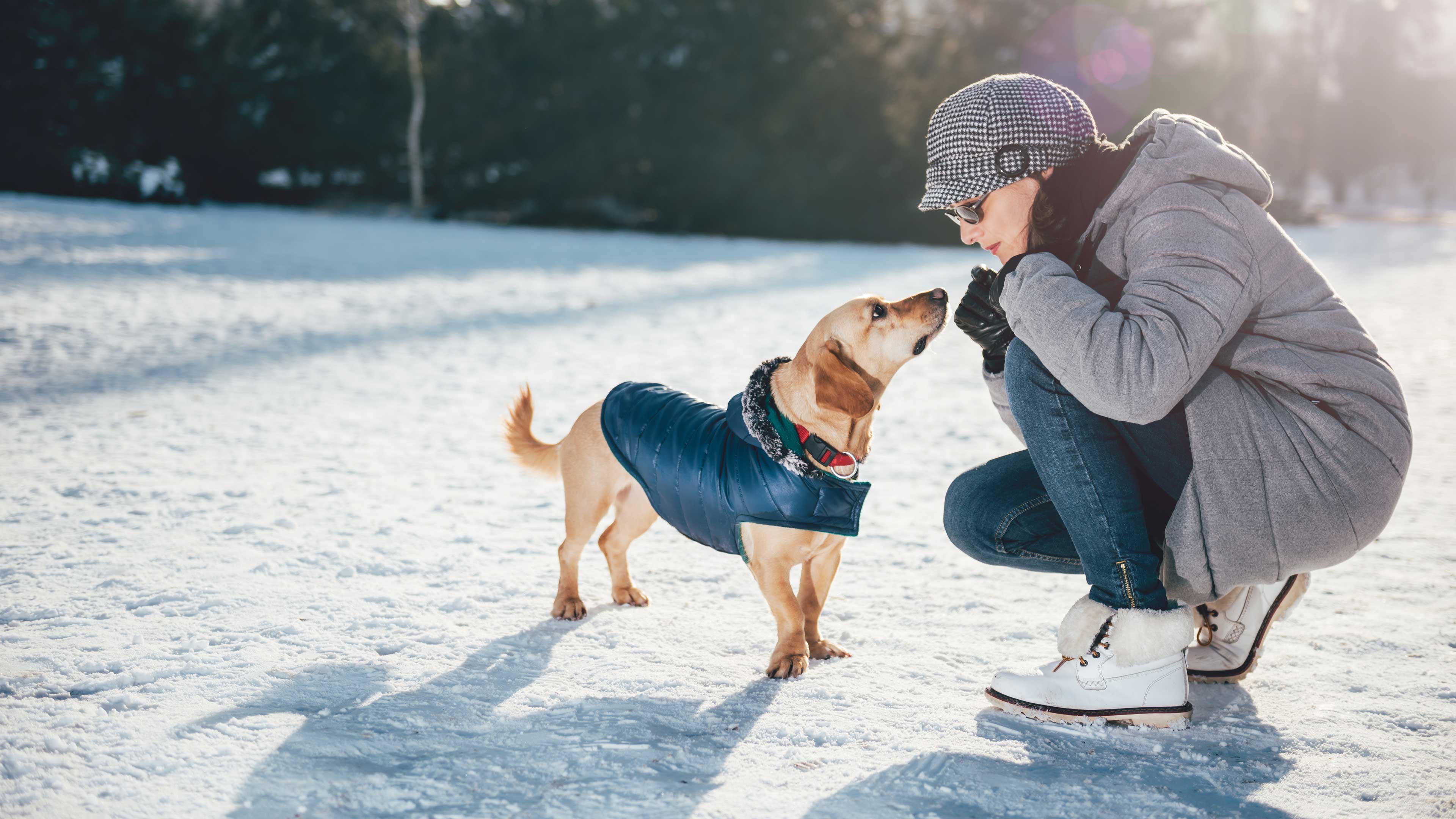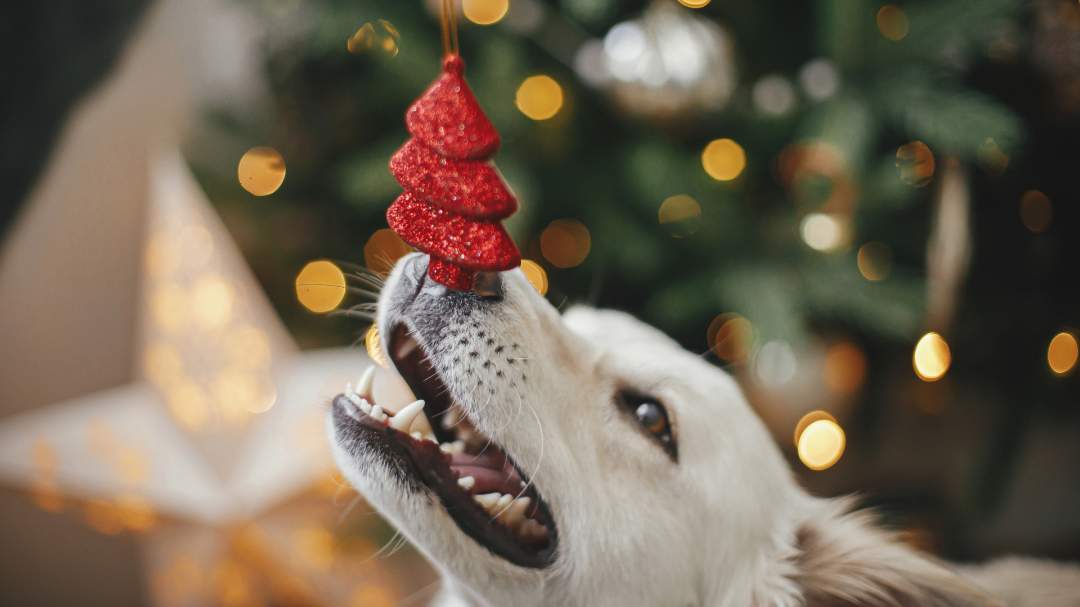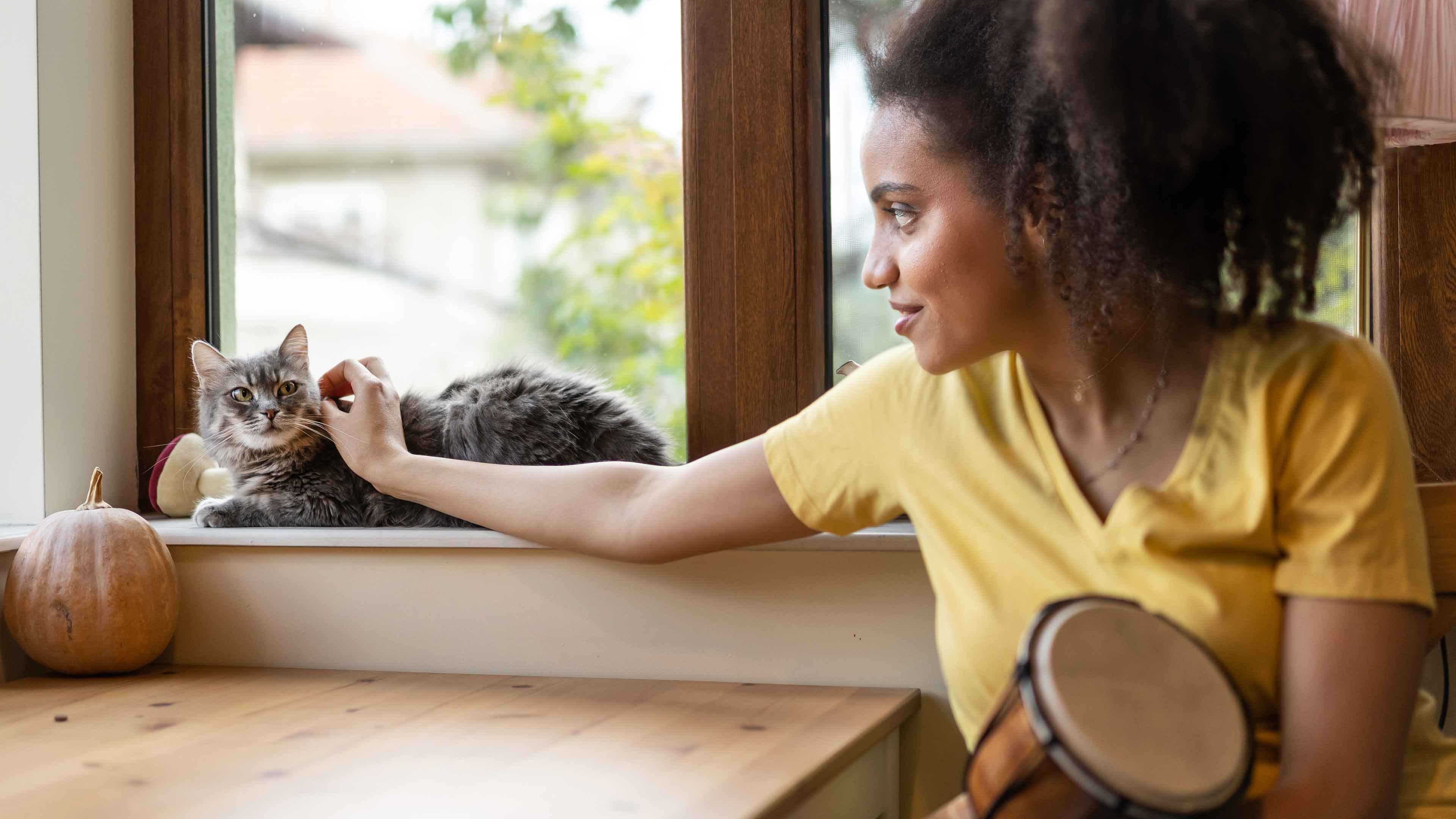The pet microchip: Everything you need to know
Ready for an emotional rollercoaster of a blog post? Here goes.
We’ll start on a high note, then take a quick and stressful detour, then go right back to feeling good.
Good stuff
Look away from your phone for a minute, and look into the eyes of your pet. Can you believe how much you love that furry friend? Remember that time you were hanging out on the couch, lounging around, being together? Of course you do, that was like two minutes ago.
Our pets keep us centered, upbeat, and maybe even help us be the best version of ourselves. Try getting that kind of feeling from just about anything else and you’re going to be disappointed (yes, that includes ice cream).
Wish we could just keep talking about how great pets are, but as promised, we need to shift gears for a minute and – sorry about this – talk about something scary.
Not-so-good stuff
The pets we love sometimes get lost. It’s a possibility we all have to recognize. The angst and fear that pet owners feel when their pets are missing is just plain awful. If you’ve experienced it, we’re sending a big warm virtual hug to you right now. Need we say more about this scary prospect? No, let’s not. Let’s move back to the good stuff.
More good stuff
Here’s a fact: Microchips make a real difference, and your Banfield veterinary team can help you get one for the pet you love, in partnership with microchip company HomeAgain.
If your pet goes missing, you’ll be super grateful that they have a microchip that a veterinary clinic or animal shelter can scan. Getting one is an easy and safe procedure, and gives you peace of mind that removable collars and tags just can’t equal. Essentially, microchip = better chance for a happy reunion.
The microchip is a small cylinder (about the size of a grain of rice) that is injected beneath the skin of your pet. The injection is safe and fast – like a routine vaccination. Once implanted, the microchip remains within your pet for life. When a microchip scanner is waved over your pet, the microchip sends your pet’s unique ID number back to the scanner where it can be read, and your pet can be identified.
Your pet’s unique microchip ID number is stored in HomeAgain’s national pet recovery database, which is monitored 24/7. If your pet gets lost and the chip is detected, the lost pet call center is contacted and given your pet’s number. Using this unique ID number, the center will look up your contact details and help reunite you and your pet. Remember to keep that contact information current. :)
So ask your Banfield veterinary team about microchipping your pet today. Hopefully, you’ll never need to use it. But you’ll be glad it’s there if you ever do.
 Mites and mange
Mites and mange Podcast - Not Just Fluff
Podcast - Not Just Fluff

